Issue Insights
Explore practical information and analyses of types of disasters, related issues, affected communities, recovery strategies and how donors can help.
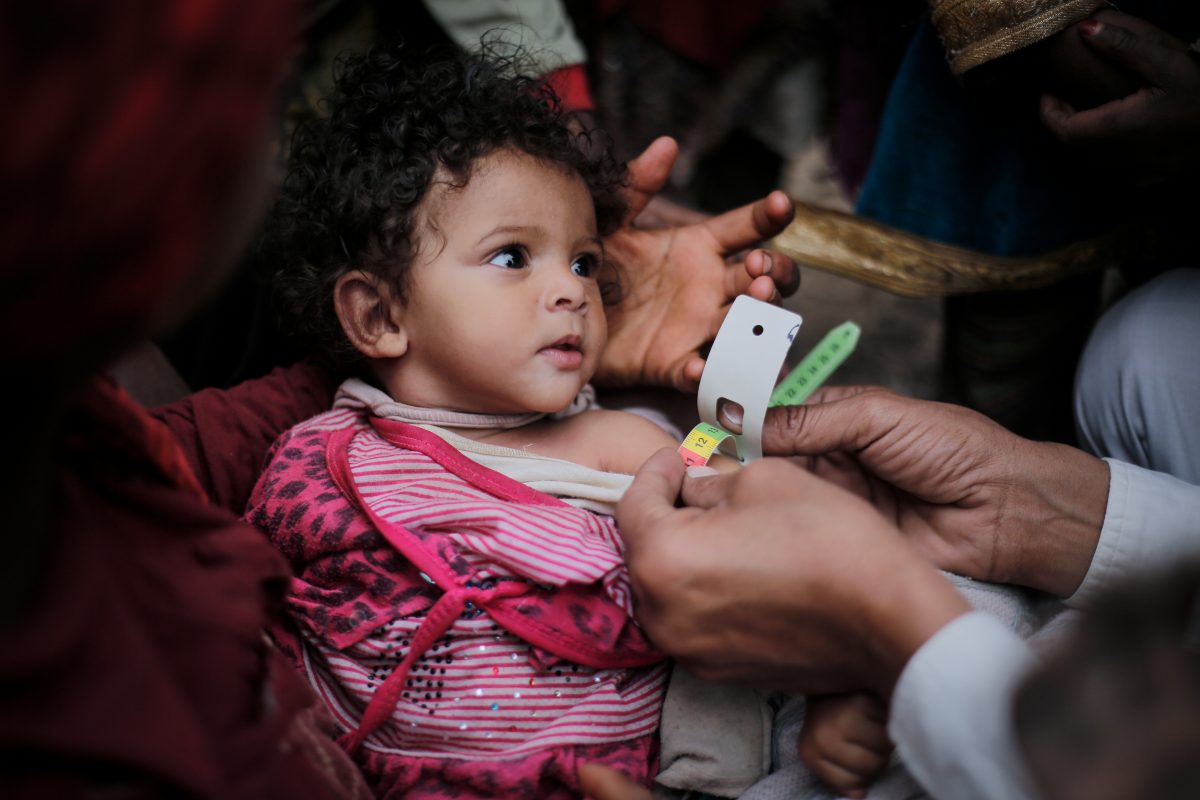
Hunger
Due to growing inequality, climate disasters and the spread of violent conflict, hunger is rising throughout the world. According to UNOCHA, “Hunger and malnutrition are spreading faster than our ability to respond, yet globally, a third of all food produced is lost or wasted.”
View by
Close

Technology
With an estimated 5 billion mobile phone users worldwide, mobile communication is proving to be the most effective and efficient means of reaching and informing the public when disaster strikes.
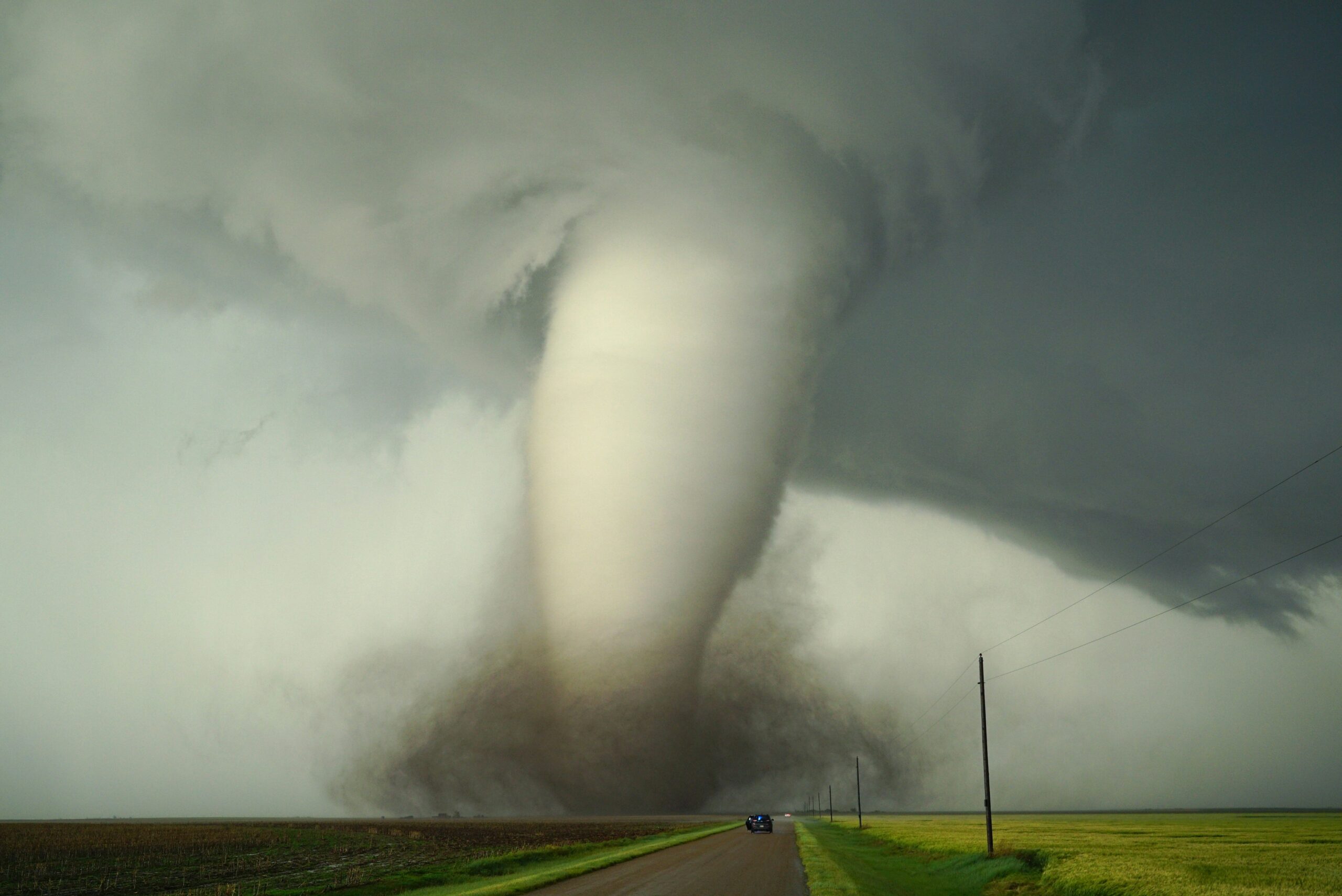
Tornadoes
Tornadoes are powerful storms that can cause considerable damage to communities. They can break branches from trees or lift houses off their foundations. The speed with which they form, and their variable intensity, make them some of the most unpredictable disasters on the planet.
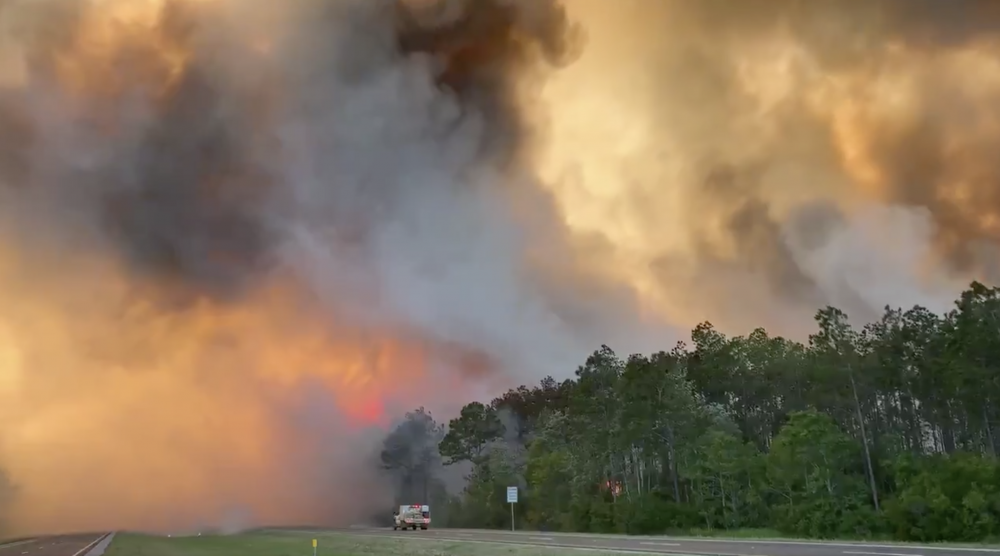
Transportation
The transportation system is responsible for the movement of goods and people from one point to another. The system includes all vehicles including ships and transport trucks, infrastructure, and the governance and support services necessary to keep the transportation system operating safely and efficiently.
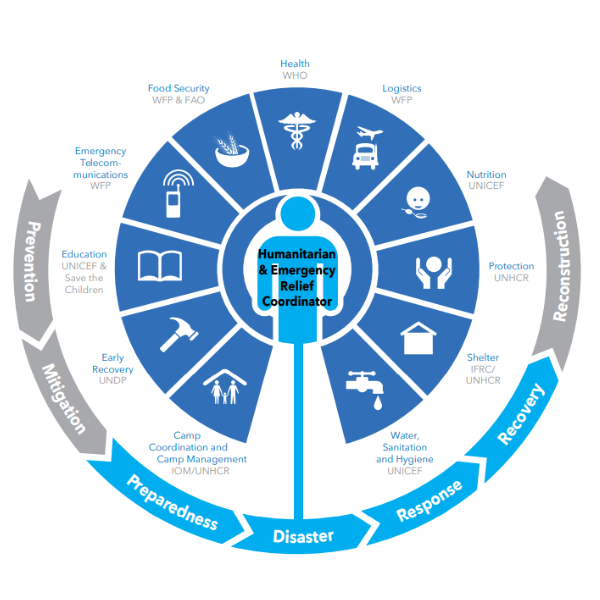
UN IASC Cluster Approach
The United Nations uses a multi-pronged Cluster Approach to coordinate humanitarian and emergency relief for disasters. Clusters are groups of humanitarian organizations in each of the main sectors of humanitarian action. They are designated by the Inter-Agency Standing Committee and have clear responsibilities for coordination.
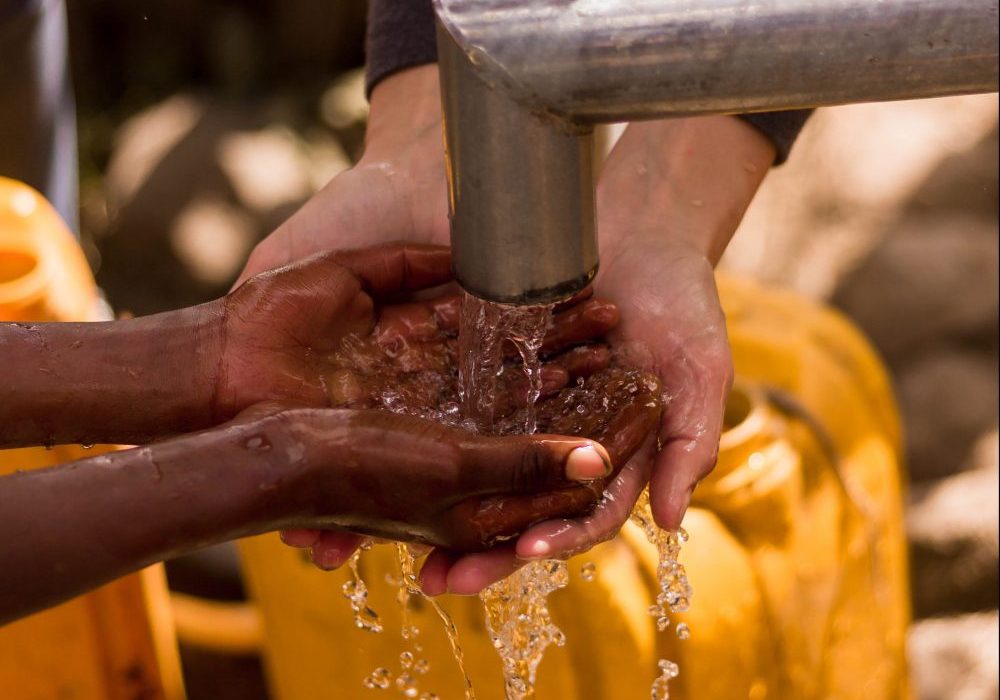
Water, Sanitation and Hygiene (WASH)
Water is one of the most necessary elements for life, yet according to the World Health Organization/UNICEF, 2.1 billion people lack access to safely managed drinking water. In addition, 4.5 billion people lack safely-managed sanitation facilities. Water, sanitation and hygiene (WASH) principles are of tremendous concern in everyday life, but can be heightened during an emergency or disaster.
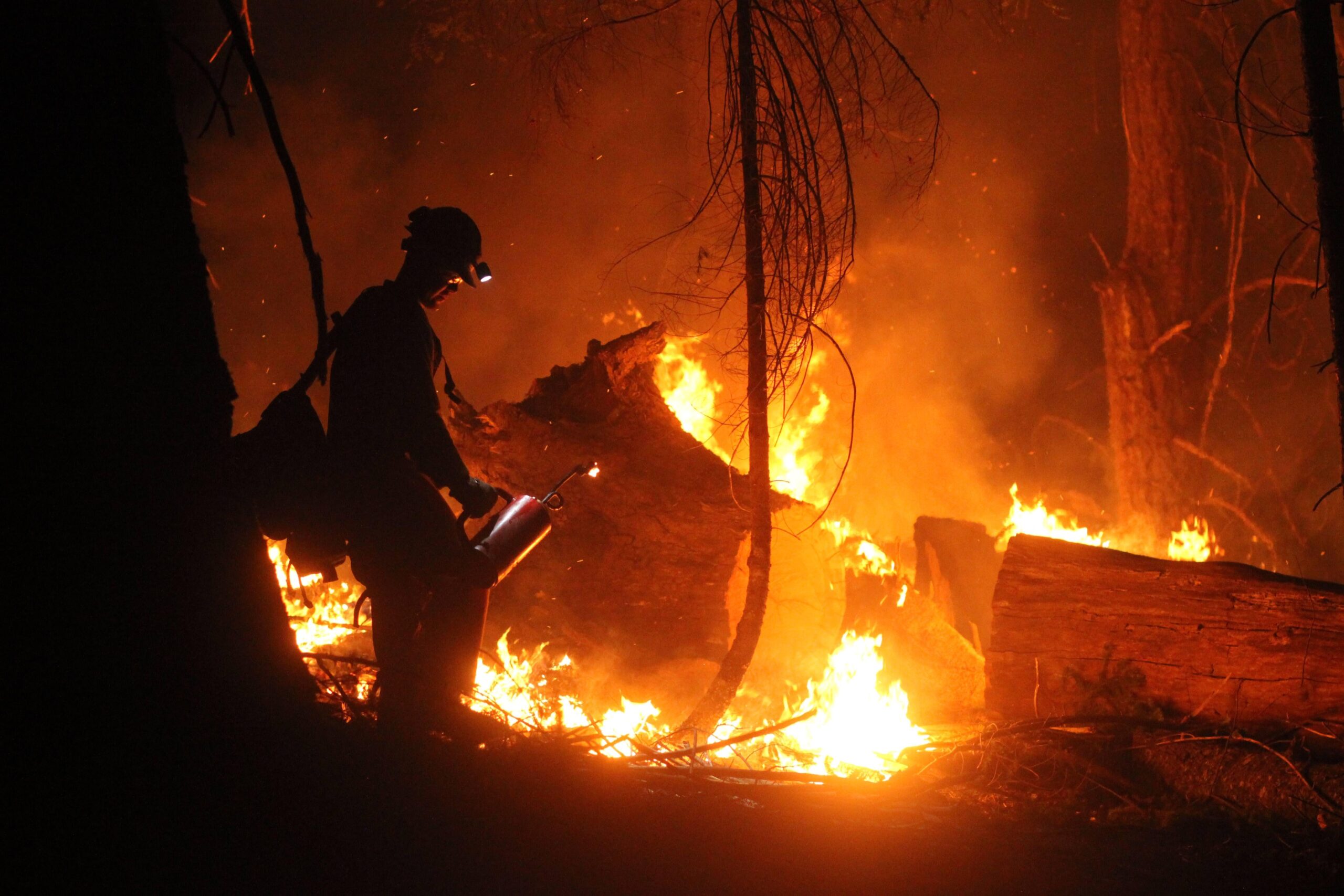
Wildfires
Wildfires devastate homes, livelihoods and communities of people worldwide, making them one of the most destructive types of disasters. While climate change fuels the frequency and intensity of wildfires, wildfires themselves fuel climate change, making them uniquely damaging to the planet.
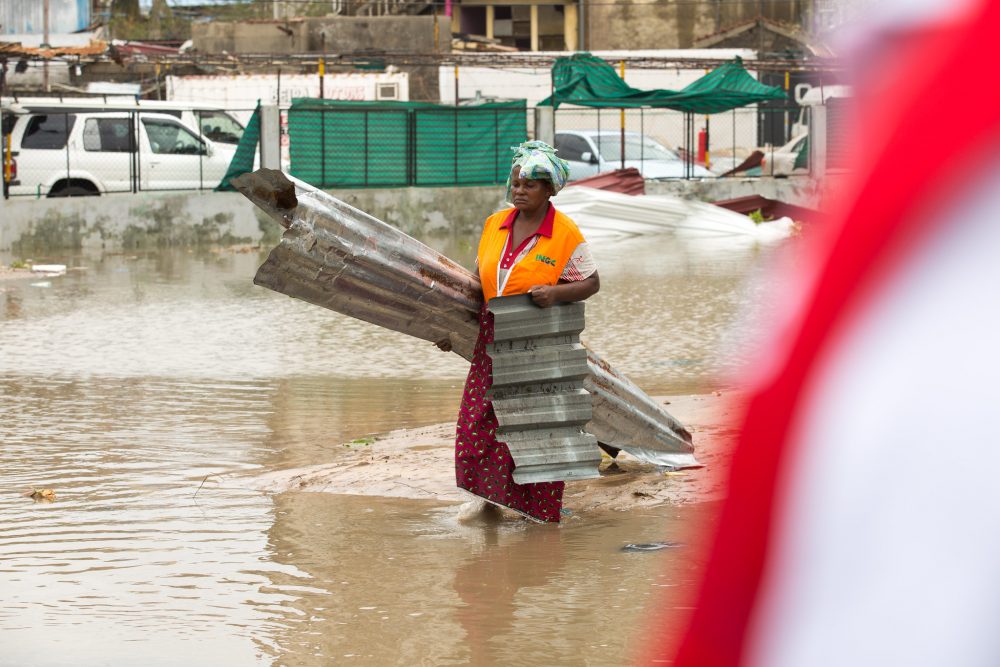
Women and Girls in Disasters
Pre-existing, structural gender inequalities mean that disasters affect women and girls in different ways than they affect boys and men. The vulnerability of females increases when they are in a lower socioeconomic group.